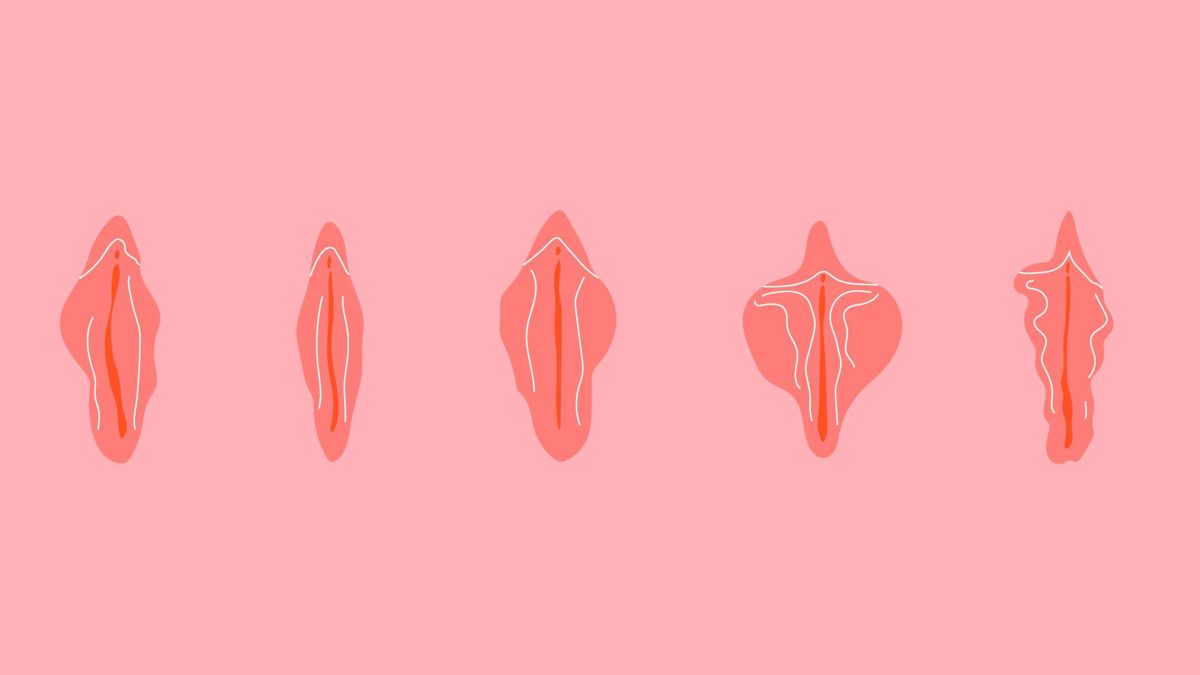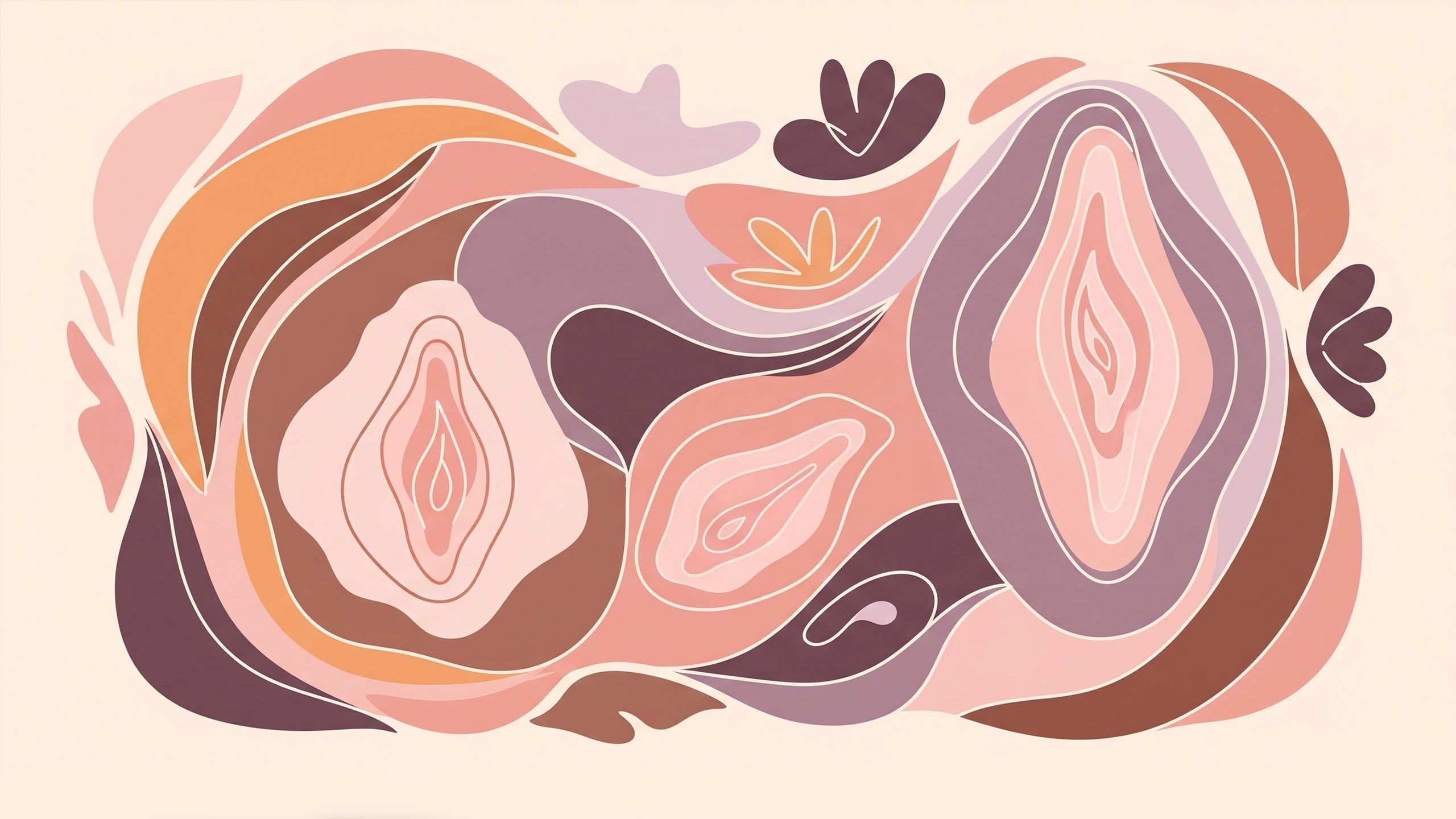Vulvas Come in All Shapes and Sizes: See What’s Normal

When it comes to human anatomy, few topics are surrounded by as much misunderstanding as the appearance of the vulva. Many people grow up with limited or inaccurate knowledge, often shaped by limited media portrayals or cultural assumptions.
This can lead to questions, unnecessary worry, or comparisons that have little to do with reality. The truth is simple: vulvas vary greatly from person to person, and there is a broad range of what is entirely normal.
Understanding the Vulva
The vulva is the external part of the female genital anatomy. It includes the mons pubis, the outer lips (labia majora), the inner lips (labia minora), the clitoral hood, the clitoris, and the vaginal opening. Each of these features can differ in size, shape, color, and proportion.
Contrary to many simplified illustrations or edited photographs, there is no single “standard” look. What you see in anatomy diagrams is often a generalized outline, not a representation of the full variation found in real life.
Common Variations
-
Labia size – The labia minora (inner lips) may be small and tucked inside the labia majora, or they may extend beyond the outer lips. Both are healthy and normal, but personal beauty preferences differ from person to person.
-
Labia shape – Some are symmetrical, others are asymmetrical. Edges may be smooth, wavy, or slightly ruffled.
-
Color – Natural pigmentation varies. Labia and surrounding skin can be pink, brown, reddish, purplish, or a combination. Color may change over time due to hormones, age, or childbirth.
-
Clitoral hood – This fold of skin that covers the clitoris can be more prominent in some individuals and less so in others.
-
Mons pubis – The fatty pad above the pubic bone can be more rounded or flatter, influenced by body composition and genetics.
These features are influenced by genetics, hormones, age, and life experiences such as childbirth or hormonal changes.
Anatomy Variation Comparison Table
Feature |
Possible Variations |
Notes on Normality |
|---|---|---|
| Labia Majora (outer lips) | Full and rounded, slim and flat, symmetrical, asymmetrical | Thickness and shape vary with genetics, age, and body composition. |
| Labia Minora (inner lips) | Small and tucked in, long and extending beyond outer lips, even edges, wavy or uneven edges | All shapes and sizes are healthy; asymmetry is common. |
| Clitoral Hood | Prominent, minimal coverage, symmetrical, slightly off-center | Covers and protects the clitoris; variation does not affect function. |
| Clitoris | Visible tip, partly hidden, size differences | Size varies naturally; does not indicate sensitivity level. |
| Coloration | Light pink, brown, reddish, purplish, mixed tones | Pigmentation is influenced by genetics, hormones, and age. |
| Mons Pubis | Rounded, flat, hair-covered, hairless (naturally or by grooming) | Shape may change with weight fluctuations or hormones. |
| Skin Texture | Smooth, slightly textured, with visible folds | Normal skin structure varies and may change over time. |
Why Perceptions May Be Skewed
Popular media, especially adult content, often presents a narrow depiction of vulvas—frequently selecting models who fit a particular visual preference. Additionally, retouching images can create unrealistic expectations. This can lead people to believe that only a small range of appearances is “normal” when in fact, those examples are only a small fraction of real-world variation.
Medical illustrations in textbooks can also contribute to this misconception by prioritizing simplicity over anatomical accuracy. While such drawings serve educational purposes, they don’t capture the wide range of actual appearances.
Changes Over a Lifetime
The vulva’s appearance can change over time. Hormonal shifts during puberty, pregnancy, and menopause can alter skin texture, pigmentation, and tissue fullness. Childbirth may also affect the shape and size of the labia. These changes are part of the body’s natural adaptation and are not signs of anything being wrong.
When to See a Doctor
Most variations in appearance are harmless. However, sudden changes—such as swelling, sores, persistent itching, or unusual discharge—should be evaluated by a healthcare provider. Routine gynecological exams are an important way to ensure overall reproductive health.
Accepting the Range of Normal
Understanding that vulvas come in many forms can help reduce unnecessary anxiety and comparison. While cosmetic procedures such as labiaplasty exist, they are usually sought for personal comfort or preference, not medical necessity. Unless there is pain, irritation, or other symptoms, anatomical differences are rarely a cause for concern.
Something to Think About
Just as no two faces look exactly alike, no two vulvas are identical. Differences in size, shape, and color are part of human variation. Recognizing this can help shift focus away from comparison and toward overall health and comfort. What matters most is that your body functions well and feels comfortable for you.
Disclaimer: The articles and information provided by the Vagina Institute are for informational and educational purposes only. This content is not intended to be a substitute for professional medical advice, diagnosis, or treatment. Always seek the advice of your physician or another qualified health provider with any questions you may have regarding a medical condition.


 English
English  Deutsch
Deutsch  Español
Español  Français
Français 



